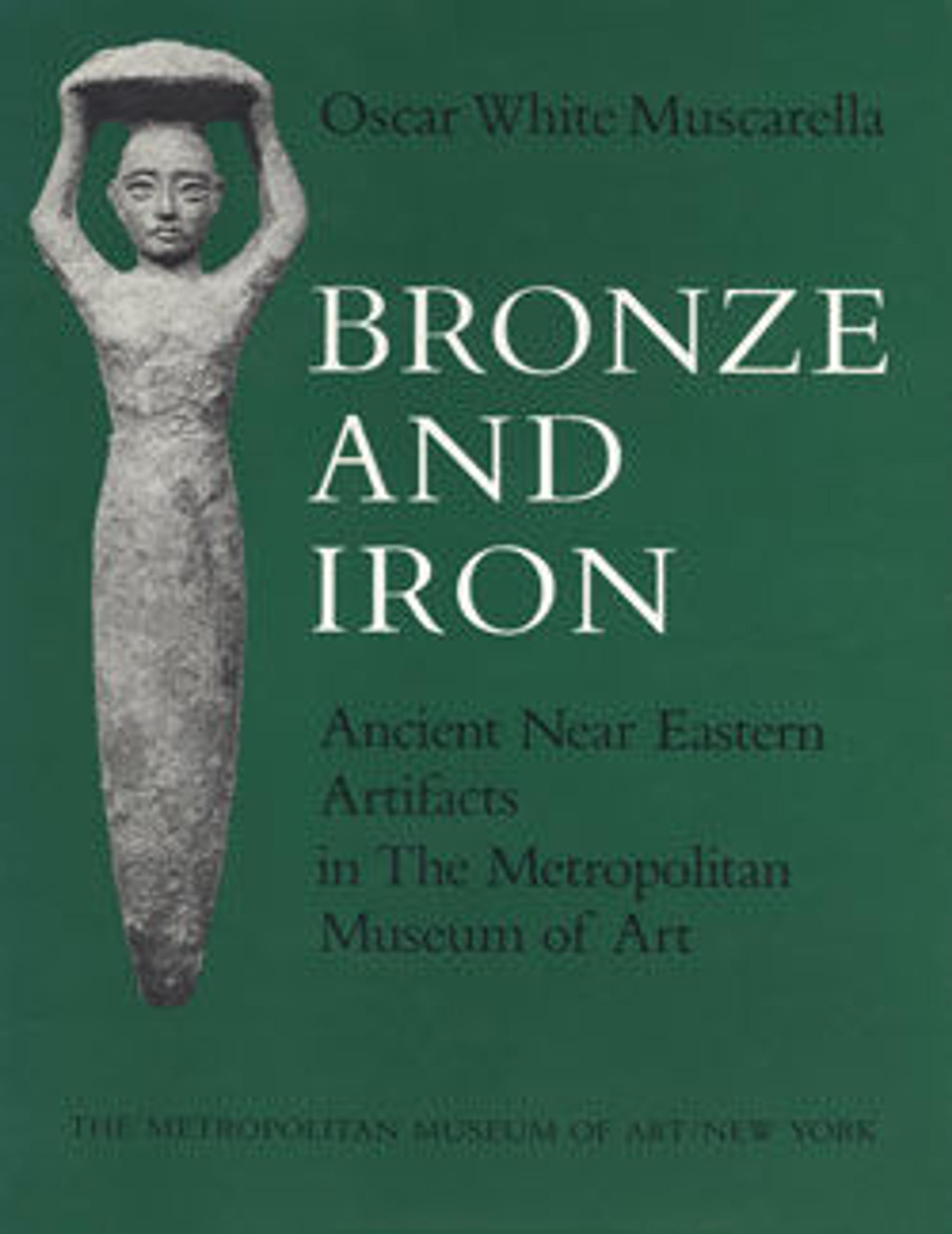Bracelet with animal terminals
This bronze bracelet has terminals in the form of stylized animals. The animals have elongated snouts, open mouths, bulging eyes, long necks and extended forelegs. A ring emerges from the back of each. Although the animals are difficult to identify on account of their condition and stylized form, comparison with other bracelets and metal objects attributed to Luristan suggests that they are lions.
This bracelet was excavated at Surkh Dum, a settlement site in Luristan in the Zagros Mountains of western Iran. It was part of a large hoard of objects buried beneath a doorjamb in a structure interpreted as a sanctuary; thus the objects were probably offerings made for a god.
Lion imagery is a common feature in ancient Iranian art. In Elamite and Achaemenid art lions were associated with kingship. They also figure prominently in the bronzework that is frequently attributed to Luristan in the Iron Age, where they may symbolize the power of nature. Indeed, Luristan is a rugged region, and lions were thus an appropriate symbol of the challenges of living there.
This bracelet was excavated at Surkh Dum, a settlement site in Luristan in the Zagros Mountains of western Iran. It was part of a large hoard of objects buried beneath a doorjamb in a structure interpreted as a sanctuary; thus the objects were probably offerings made for a god.
Lion imagery is a common feature in ancient Iranian art. In Elamite and Achaemenid art lions were associated with kingship. They also figure prominently in the bronzework that is frequently attributed to Luristan in the Iron Age, where they may symbolize the power of nature. Indeed, Luristan is a rugged region, and lions were thus an appropriate symbol of the challenges of living there.
Artwork Details
- Title: Bracelet with animal terminals
- Period: Iron Age III
- Date: ca. 8th–7th century BCE
- Geography: Iran, Luristan, Surkh Dum
- Culture: Iran
- Medium: Bronze
- Dimensions: 3 1/16 × 3 3/16 × 13/16 in. (7.8 × 8.15 × 2 cm)
- Credit Line: Rogers Fund, 1943
- Object Number: 43.102.2
- Curatorial Department: Ancient West Asian Art
More Artwork
Research Resources
The Met provides unparalleled resources for research and welcomes an international community of students and scholars. The Met's Open Access API is where creators and researchers can connect to the The Met collection. Open Access data and public domain images are available for unrestricted commercial and noncommercial use without permission or fee.
To request images under copyright and other restrictions, please use this Image Request form.
Feedback
We continue to research and examine historical and cultural context for objects in The Met collection. If you have comments or questions about this object record, please contact us using the form below. The Museum looks forward to receiving your comments.
